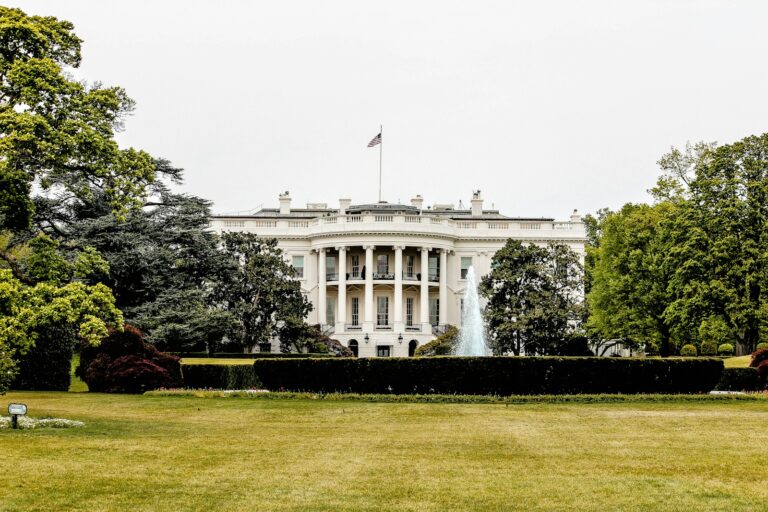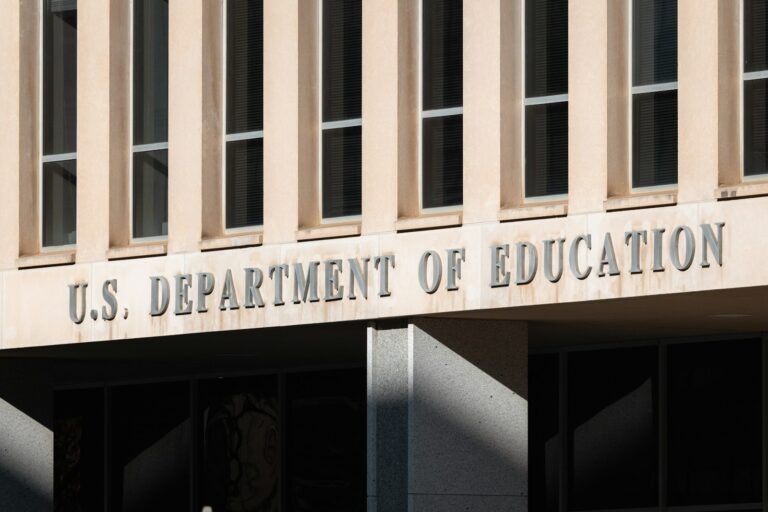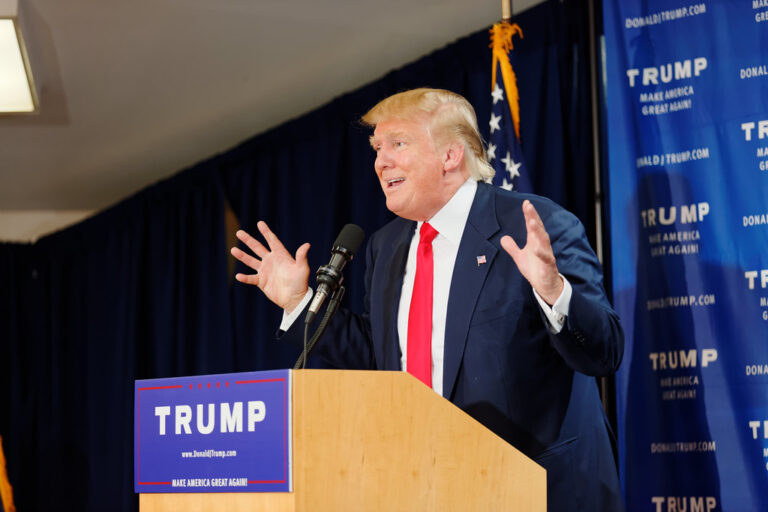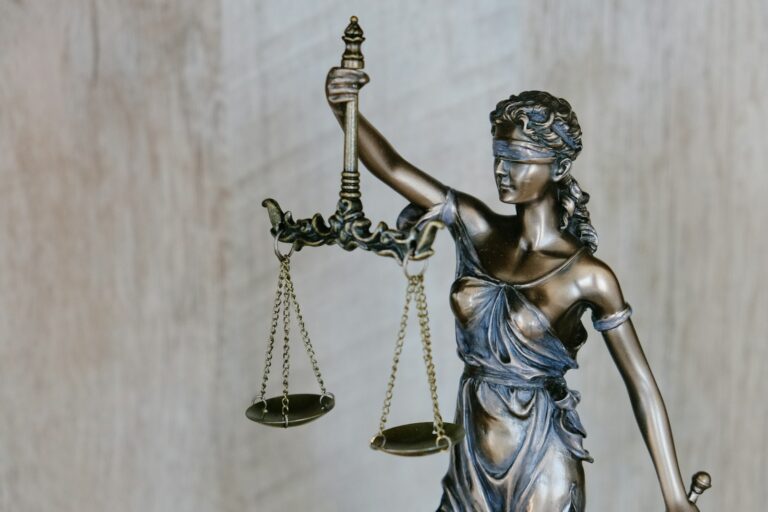Key Takeaways
1. Honest advice can check a leader’s excess and protect citizens.
2. Emperor Nero removed advisers and trusted flatterers who fed his ego.
3. After Rome’s great fire Nero blamed a minority and ignored people’s needs.
4. Today some say President Trump has filled his circle with loyalists not critics.
5. History shows sidelining truth tellers can lead to downfall and conflict.
Introduction
Leaders face tough choices when they seek honest feedback. Yet at times they ignore real counsel in favor of praise. That error can harm both a nation and its ruler. Ancient Rome offers a striking example. Emperor Nero rose to power at sixteen and later purged advisers who dared to challenge him. In turn he surrounded himself with enablers who cheered every whim. When disaster struck Rome, Nero blamed outsiders and staged cruel spectacles. He built a golden palace for himself while most of the city lay in ruins.
Today some observers compare this behavior to modern politics. They say that President Trump’s second term has fewer departures among his inner circle. Instead he keeps advisers who will back every claim. Such a pattern may echo the fate of Nero. History warns what may happen when leaders drop truth tellers.
A Roman Lesson About Nero
Rome’s first emperor established a council to hear honest views. Augustus led from twenty seven B C E to fourteen A D. He picked trusted men who could speak freely about war plans and taxes. Among them some risked the emperor’s anger. One man fell from favor and lost his life for bold counsel. Another adviser stayed in power by using a gentler approach. They balanced the ruler’s power and kept him sharp.
Yet after Augustus the empire saw weaker leaders. Many did not bother with a republic like ideal. Instead they ruled by whim and fear. Norton was among the worst. He became emperor at age sixteen. At first he let his advisers guide policy. But after five years he grew impatient with their oversight. He drove them from power by execution and exile. Then he filled the circle with men who praised him.
The Great Fire of Rome
In year sixty four a vast fire swept through Rome. It burned for six days and destroyed whole neighborhoods. Thousands of people lost homes and basic goods. They needed food clothing and shelter. They looked to Emperor Nero for help. Yet they found a man lost in his own pride. Rather than aid them he sought someone to blame.
His chief enabler stood by him. That man urged the senate to punish a community for treason. He also led the emperor’s personal army. In the fire’s wake he rounded up a small religious group. He blamed them for starting the inferno. Then he ordered their execution in public. He even lit some as torches for an extravagant party.
Meanwhile the city lay in ruins. Many citizens faced cold nights and hunger. Nero did not visit camps to meet survivors. Instead he climbed to a tower and sang praises to the sun god. Afterwards he cleared the burned area for a grand new palace. He built a mansion of gold with water fountains and art. He placed a giant statue of himself at its gate.
When Leaders Surround Themselves With Sycophants
A sycophant is a person who praises a ruler to gain favor. Such flatterers feed the leader’s ego. They avoid speaking hard truths. In contrast honest advisers point out mistakes. They warn of risks and propose real fixes.
An essay in a major newspaper compared two terms of a modern president. It noted that the first term saw many staff changes. Some advisers challenged tough decisions. They sometimes resigned or were removed. Yet the second term shows fewer departures. The president now prefers loyalists who repeat every claim. These aides act less like buffers and more like amplifiers.
When a leader trusts only praise the result can be dire. No one speaks up about failed plans. No one warns of growing threats. Meanwhile events move on without control. Eventually disaster may strike with no one to prevent it.
The Trump Case Today
In modern politics an example shows how praise can replace real advice. This president once said he wanted his face on a famous mountain. Four past presidents already stand carved in stone. He dreamed of joining them. A member of Congress asked a department to study adding his image. Yet experts warned the geology might forbid any change. Still the backing came from loyal allies.
At the same time commentators note that advisers now remain in place longer. They say the circle lacks bold critics. Instead it brims with those ready to defend every move. They worry that real problems go unaddressed. They point out that few speak up inside the White House.
The Risk of Losing Honest Advice
History shows the toll when a leader ignores real counsel. In Rome the poor and displaced suffered most. They watched the rich and powerful indulge every whim. In Washington today some fear a similar gap. They worry that leaders detached from reality will harm citizens.
When honest voices fall silent a leader may make extreme choices. He may blame the weak for his own failures. He may stage shows to distract from real troubles. He may ignore calls for help from those who elected him. In both Rome and our time, people need a guide who listens and acts. Without checks a ruler risks chaos and loss.
How to Avoid a Nero Moment
First a leader must welcome diverse views. He can form groups that include critics and innovators. He can meet with them regularly. Next he should reward truth tellers who spot errors. He can protect them from punishment. Also he can set up clear rules for decision making. That way no single adviser holds too much sway. Finally he can check each big move with independent experts. They can assess risks and benefits.
By following such steps a leader stays in touch with reality. He protects citizens from unneeded harm. He also guards his own legacy from collapse.
Conclusion
Both ancient Rome and modern politics teach a vital lesson. Leaders who avoid honest advice end up ballooning their own importance. They may stage grand palaces or monument additions. Yet they ignore the needs and worries of real people. In the end such rulers often face revolt or ruin. Today as ever citizens and leaders alike must value truth over flattery. When honest voices speak up they can steer a nation toward stability and justice.










